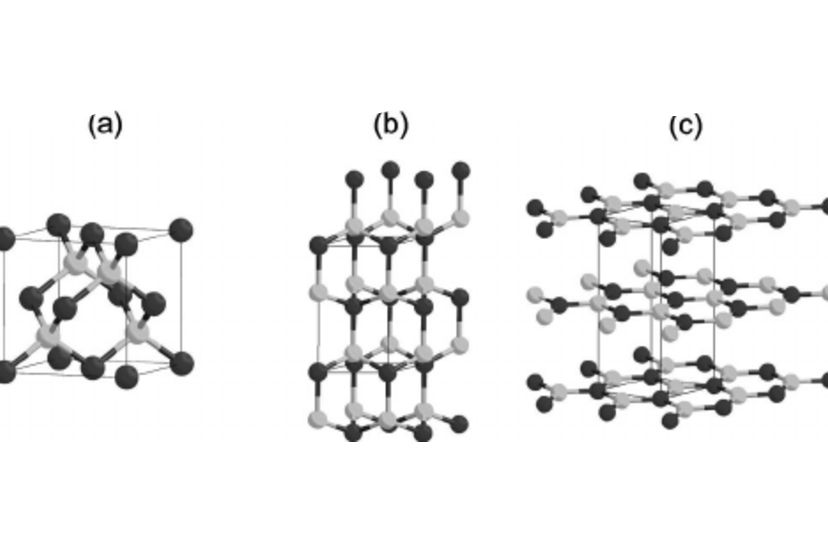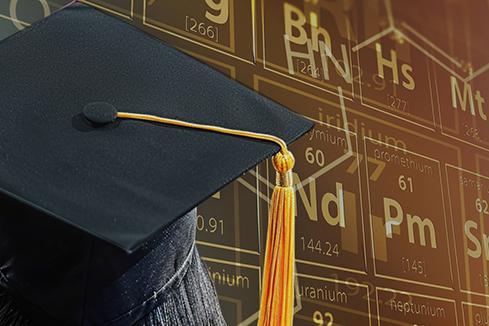Mining Of NEO: To Help Sustain The Supplies Of Rare Metal Materials
One of the most significant technological issues humanity will face in the next decade is the limited availability of resources such as rare earth metals. Given continued population growth and the use of rare earth metals in technological applications such as electric vehicles, batteries, mobile phones and other portable devices, demand for the materials required in their manufacture is reaching the limits of existing supply lines and global metal reserves. These rare metals and compounds will be entirely exhausted if their usage increases substantially (Hayes, 14/09/2020). Some solutions involve improving recycling efficiency or increasing the performance of rare earth products, for example batteries, thereby reducing the amount of material required in production. These measures are achievable at present. However, no single solution will secure a long-term supply of these rare materials. The approach with the greatest potential to maintain technological progress and supply the materials for the construction of advanced technologies is to extract near‐Earth objects (NEOs).
Extracting NEOs is commonly referred to as asteroid mining. In the asteroid belt and near Earth’s orbit there are asteroids and other objects that contain materials required by an advanced technological society. The most valuable objects are M‐type asteroids, which consist primarily of metals. These metal‐rich asteroids contain iron and nickel. Some asteroids also contain cobalt, gold and platinum (Lewis, 1998; Elvis, 2021). In lithium‐ion battery production, high‐quality nickel and cobalt are necessary. On Earth these materials are found only in certain regions, frequently under poor working conditions.
Another category of NEOs contains water. The United Nations predict that the Earth’s population will reach 8.5 billion by the end of the next decade – an increase of 750 000 000 people (United Nations, 2015). Castelo (06/03/2021) noted that water covers 70% of the Earth’s surface, although only 3% is freshwater. After excluding inaccessible freshwater, only 0.4% remains available as potable water. This remaining 0.4% must be distributed among a projected 8.5 billion people by 2030. Some NEOs contain water, and even a simple process such as utilising thermal energy in an enclosed space would release a substantial reserve of water. Consequently, this water may be allocated to prevent dehydration, drought or water rationing on Earth.
However, it is important to note that developing this technology and infrastructure will not be simple, inexpensive or rapid. Nonetheless, this development is essential for the survival and progress of the human race. An influx of metals, water and other vital substances will reduce the burden on industries outside the technology and food sectors, such as construction, aviation, automotive manufacturing, renewable energy and most other industrial areas on Earth.
These materials will be both accessible and inexpensive. For example, in energy storage an asteroid containing a significant quantity of Class 1 nickel would substantially lower battery costs; these savings should be transferred to the consumer. This effect will result in more affordable energy storage and electric vehicles. Even basic applications, such as steel for buildings or aluminium for car bodies, would reduce production costs considerably.
An unintended outcome of the modernisation of the space industry is the creation of infrastructure to capture and extract asteroids in orbit or on the lunar surface, or to transport them to Earth. This infrastructure will advance the space industry. By establishing an environment in which space is accessible to more people with lower financial investment, metals extracted in space could be used as building materials for new orbiting space stations or lunar colonies. These new structures will contribute to the extraction and refining of materials. Consequently, rockets departing from Earth could be smaller and carry more passengers because the building materials originate from space rather than from Earth, thereby reducing the need for surface‐sourced cargo. Furthermore, costs will be reduced, given that less fuel is required to reach orbit. A rocket with more passengers, a reduced payload and consequently less fuel will drastically lower the cost per person for an orbital launch (Weinzierl & Sarang, 12/02/2021). Mining companies could offset development costs when constructing bases or orbital stations by creating opportunities for further intrasolar missions. Missions to Mars or other locations within the Solar System would become possible by developing these hubs.
Although this concept is highly ambitious and complex, humanity must pursue NEO mining and related activities in order to survive the next century. The availability of rare earth metals and water would create conditions on Earth in which eight or even nine billion people can live without a reduction in the standard of living. Improved access to building materials would reduce the costs associated with developing and constructing new buildings and infrastructure. Finally, asteroid mining presents an opportunity for humanity to become a secure intrasolar species, ensuring human habitation throughout the Solar System and providing a safer option in the event of a severe catastrophe on Earth.
References
Castelo, J. (06/03/2021). Wie hoch ist der Anteil an trinkbarem Wasser auf der Erde? World Water Reserve. https://worldwaterreserve.com/water-crisis/percentage-of-drinkable-water-on-earth/.
Elvis, M. (2021). Asteroiden: Wie Liebe, Angst und Gier unsere Zukunft im Weltraum bestimmen werden. Yale University Press.
Hayes, C. (14/09/2020). Was wird passieren, wenn die Rohstoffe ausgehen? RSS. https://eandt.theiet.org/content/articles/2020/09/what-will-happen-when-the-raw-materials-run-out/.
Lewis, J. S. (1998). Mining the Sky: Ungeahnte Reichtümer aus den Asteroiden, Kometen und Planeten. Addison-Wesley.
United Nations. (2015). Bevölkerung 2030: Demografische Herausforderungen und Chancen für eine nachhaltige Entwicklungsplanung. United Nations, Department of Economic and Social Affairs, Population Division. https://www.un.org/en/development/desa/population/publications/pdf/trends/Population2030.pdf.
Weinzierl, M., & Sarang, M. (12/02/2021). Das kommerzielle Raumfahrtzeitalter ist da. Harvard Business Review. https://hbr.org/2021/02/the-commercial-space-age-is-here.
Note: This article is a submission for the Stanford Advanced Materials College Scholarship 2021.

 Bars
Bars
 Beads & Spheres
Beads & Spheres
 Bolts & Nuts
Bolts & Nuts
 Crucibles
Crucibles
 Discs
Discs
 Fibers & Fabrics
Fibers & Fabrics
 Films
Films
 Flake
Flake
 Foams
Foams
 Foil
Foil
 Granules
Granules
 Honeycombs
Honeycombs
 Ink
Ink
 Laminate
Laminate
 Lumps
Lumps
 Meshes
Meshes
 Metallised Film
Metallised Film
 Plate
Plate
 Powders
Powders
 Rod
Rod
 Sheets
Sheets
 Single Crystals
Single Crystals
 Sputtering Target
Sputtering Target
 Tubes
Tubes
 Washer
Washer
 Wires
Wires
 Converters & Calculators
Converters & Calculators
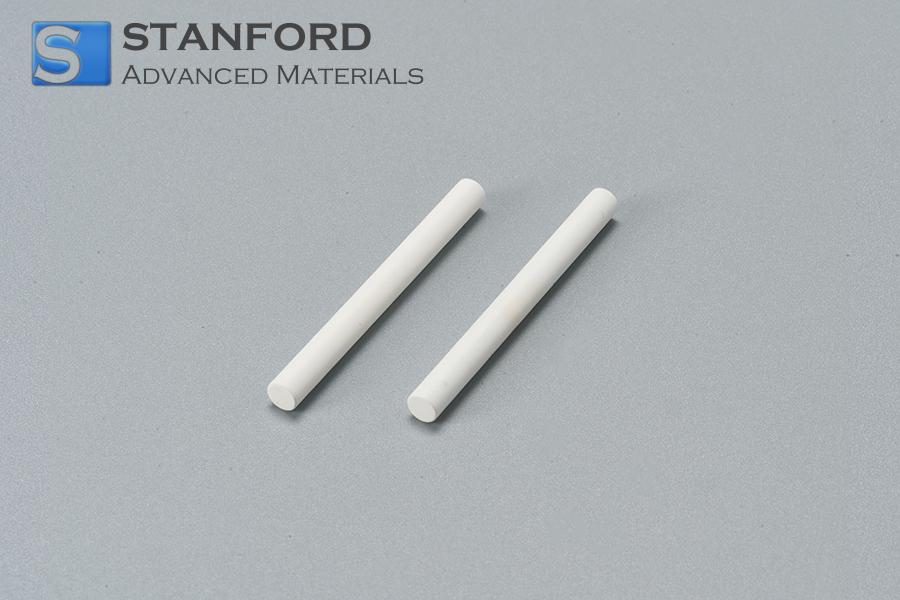
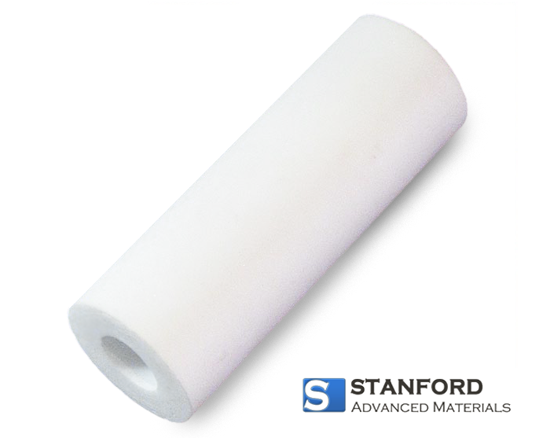

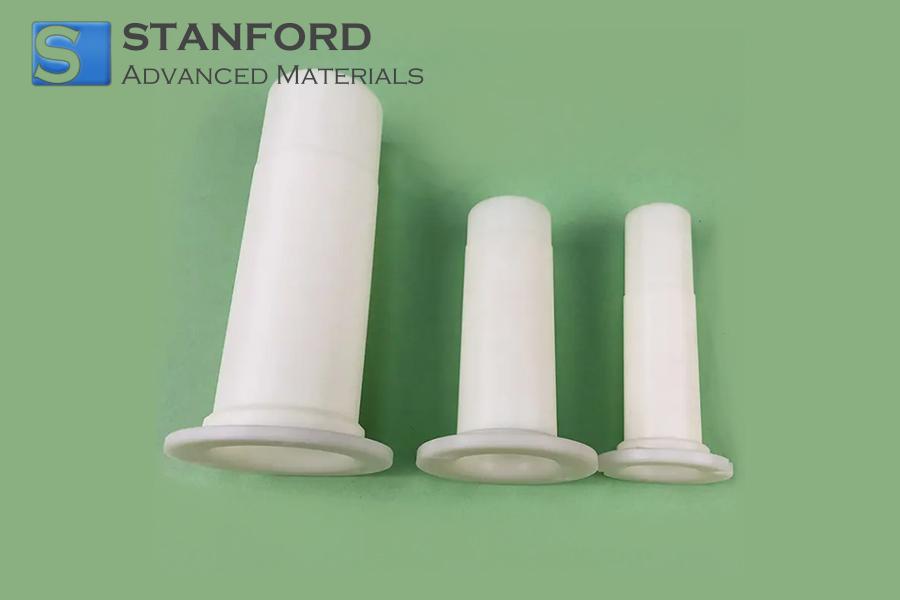
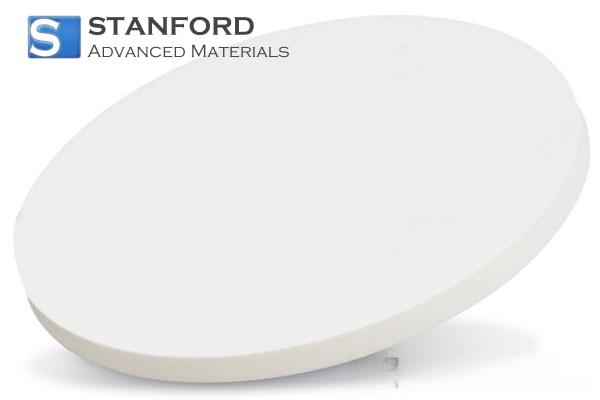
 Chin Trento
Chin Trento

